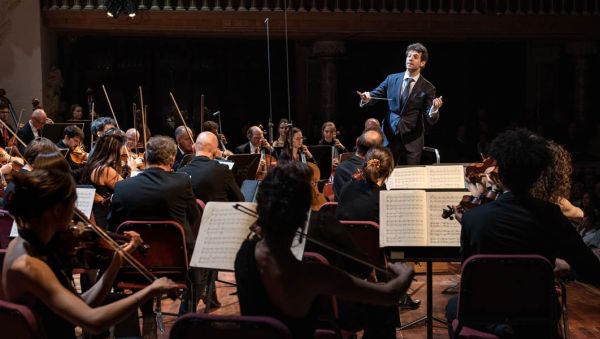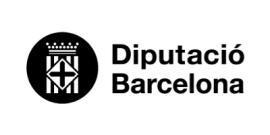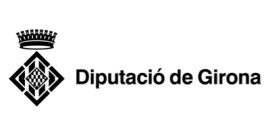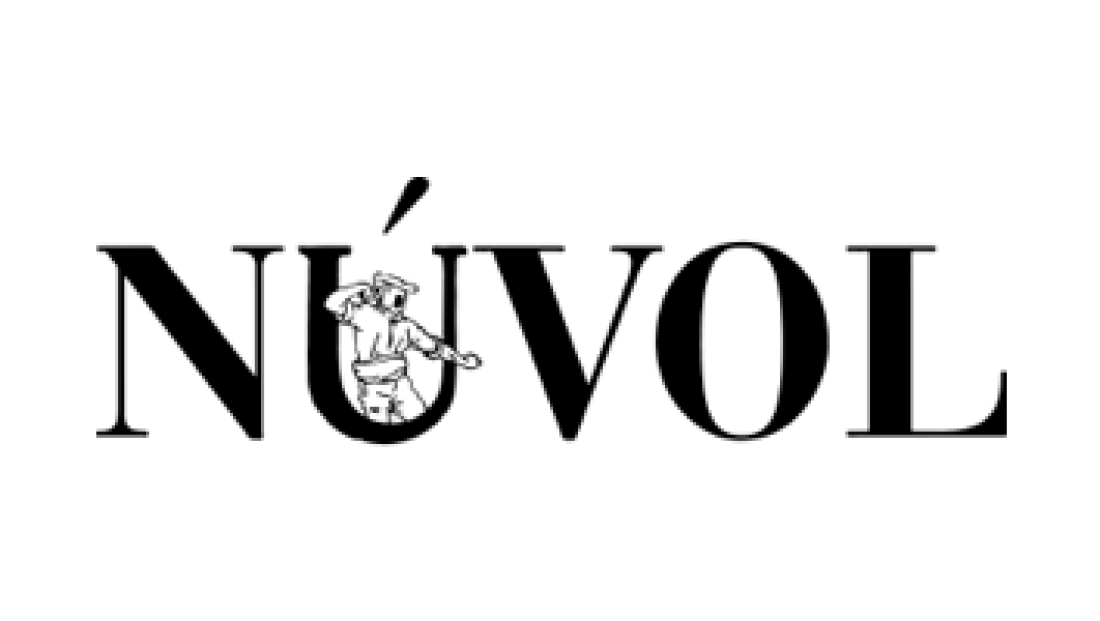Elisenda Fábregas: "This is a call to action, to not be afraid."

28.03.2024
Interview by Neila Franch published on March 27 in the Digital Newspaper Núvol.
I don't know if we would understand music the same way if Beethoven hadn't written his Ninth Symphony, a work with choir that has been a symbol of hope and freedom beyond concert halls. That's why this symphony is often interpreted, as it will be under the direction of Andrés Salado, the Orquestra Simfònica del Vallès (OSV) along with the Coral Càrmina —led by Daniel Mestre—. The concert will take place at the Palau de la Música Catalana on April 6 at 6:30 PM and April 7 at 5:30 PM. But in addition to this new performance of Beethoven's Symphony No. 9, the OSV and the Palau will premiere the commission they made to composer Elisenda Fábregas to accompany this concert. From here arises 'Ode to Strength (We are people first, women second),' a piece with a poem written by herself. We spoke with Fábregas to learn more details about this production."
This season you are in residence at the Palau de la Música. How did the commission for the Ode to Strength to accompany Beethoven's Ninth Symphony come about?
I have had four commissions, most of which will premiere in April, and this piece is one of those commissions. It is related to Beethoven's Ninth Symphony because it has to be performed on the same program: the theme was freedom, but how I saw freedom as a woman. The idea of ??having this feminine perspective came from the president of the Simfònica del Vallès, Jordi Cos, who wanted me to do something similar to Schiller's Ode. I searched for lyrics, but I didn't find anything that convinced me, so I ended up writing it myself. I did it from a personal point of view because it cannot be generalized; each country is different, and besides, I have lived in many places. Also, Beethoven believed that freedom would triumph in the end, and my piece ends in this way, with a triumphant tone. Musically, at the beginning, it is also combative and overcomes many obstacles.
What inspired you to write the text?
I tried to approach it in a non-political way. Although I lived through the Franco era, when I started in the music field, I never considered whether I was a woman or a man because it wasn't talked about at that time. I only encountered difficulties later on. I wanted to approach it from a professional perspective, meaning to show how I always encountered many obstacles in this regard: first with my family, who didn't want me to pursue music professionally, and then in university or other places. What I say in the lyrics is that I don't want to be like a man, but to have the opportunity, like a man, to develop my talent without so many obstacles. I also wanted to highlight the aspect that we are people first, and then women.
Why?
I think there is too much emphasis on gender at the moment, on whether we are women or men. In the end, what we want is to be people and for everyone to have the same opportunities to develop professionally.
The idea of "we are people first and women second" is a recurring theme throughout the work.
Yes, it starts by saying "we are, we are" and it's a very powerful shout that will come with the orchestra. It's very effective, starting the piece with a lot of strength and later explaining the reason for "we are people first and women second". In the middle of the piece, the theme develops explaining that we want to be treated equally in the professional field. The message I convey is to not be afraid, because I have encountered many women who have told me that they would have been afraid to do everything I had done and to have gone to so many places. They ask me if I wasn't afraid. Of course, I was afraid! But the motivation and desire to overcome and do what I wanted musically helped me overcome all that fear. In the piece, I say "forward, without fear", it's an optimistic ending, but harmonically ambiguous because even today this issue is not clear. So, the piece has a structure that begins with the struggle, then moves through reflection with softer textures in the orchestra, and finally ends triumphantly.
Was your goal in some way to call to action and encourage women to overcome these fears?
Exactly. If you go back to the 19th century, Clara Schumann said that no woman had been able to compose and wondered why she should try. And nowadays, I find myself in situations where people don't realize that women can also compose. For centuries, we have been indoctrinated with the idea that women only create children and cannot create works of art, music, or symphonies. It's a mistake to think like that because women have a very creative mind. So yes, it is a call to action, to not be afraid and to keep moving forward.
The text has great importance in this piece. In this case, you have used the text first to compose the music. Do you usually work this way?
Hay dos tipos de compositores. Algunos utilizaban el texto como una prosodia sin sentido y ponían los acentos musicales en otros lugares. A mí me gusta utilizar el texto tal como es, con los acentos musicales en las palabras que corresponden. Para mí, en esta obra el texto es más importante, pero la parte musical también está muy trabajada. Lo difícil es compaginar e integrar el texto con los motivos rítmicos y melódicos, que haya una lógica, como hace Beethoven con sus motivos. Siempre he utilizado mucho la variación rítmica y melódica de motivos, porque aprendí a componer de autores tradicionales que había tocado como pianista. De la forma en que yo lo veo, el texto me da el drama y la emoción que tendrá la música y, entonces, intento hacer una música con unos patrones que ayuden a expresar esa emoción que tiene el texto.
The symphonic poem Ode to Strength is written for soprano, mezzo-soprano, and a girls' choir. Did you plan it this way to reinforce the feminist idea of the piece?
I had the option to compose it solely for a girls' choir or for a full mixed choir, and I thought it would be better to do it for women, as the text is about women speaking. It seemed better to me to do it this way.
How has the score been received?
When you're commissioned for something like this, it's very challenging because it has to fit into the schedule, but I'm very happy because from the moment I sent the recording to Jordi Cos, he told me it was perfect and it fit very well with Beethoven's Ninth Symphony. Daniel Mestre also told me he liked it a lot.
What other projects do you have underway right now or for the future?
It's a very busy time right now. On April 6 and 7, I will premiere this piece, Ode to Strength, and the next day, on the 8th, I have the premiere of a piano quintet and string quartet piece lasting about 35 minutes for the Quartet Atenea and pianist Jaeden Izik Dzurko, winner of the Maria Canals Competition two years ago. I will also have the premiere of an a cappella piece for choir, commissioned by the chamber choir of the Orfeó Català. And looking ahead, there are very promising things to come, such as a commission from the Quartet Casals, as well as a piano concert, commissioned by Izik Dzurko, and also pieces for mezzo-soprano with piano or baritone with piano. I'm supposed to be retired! (laughs) I'm very excited, I'm very excited.
Related Concert



















